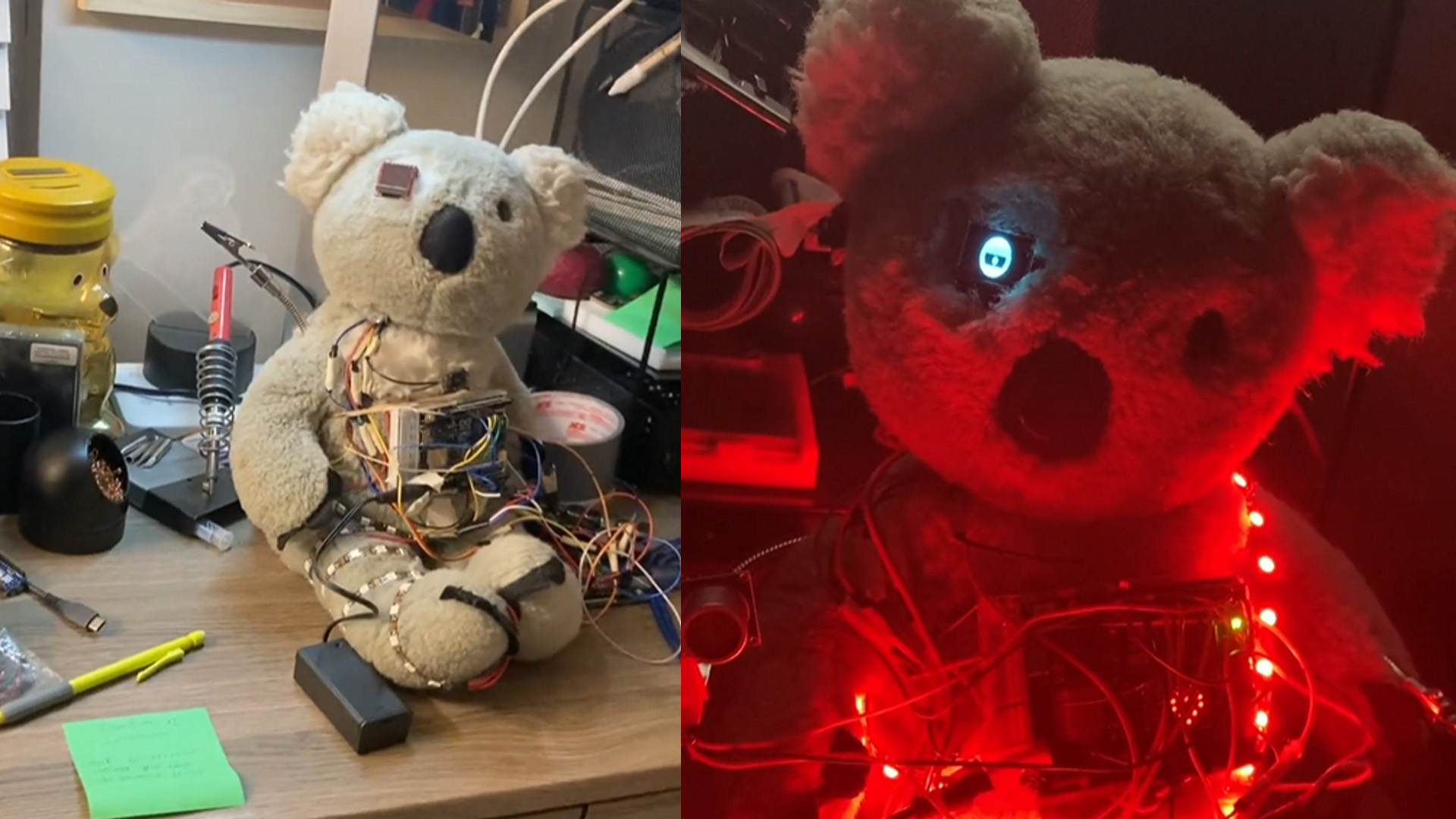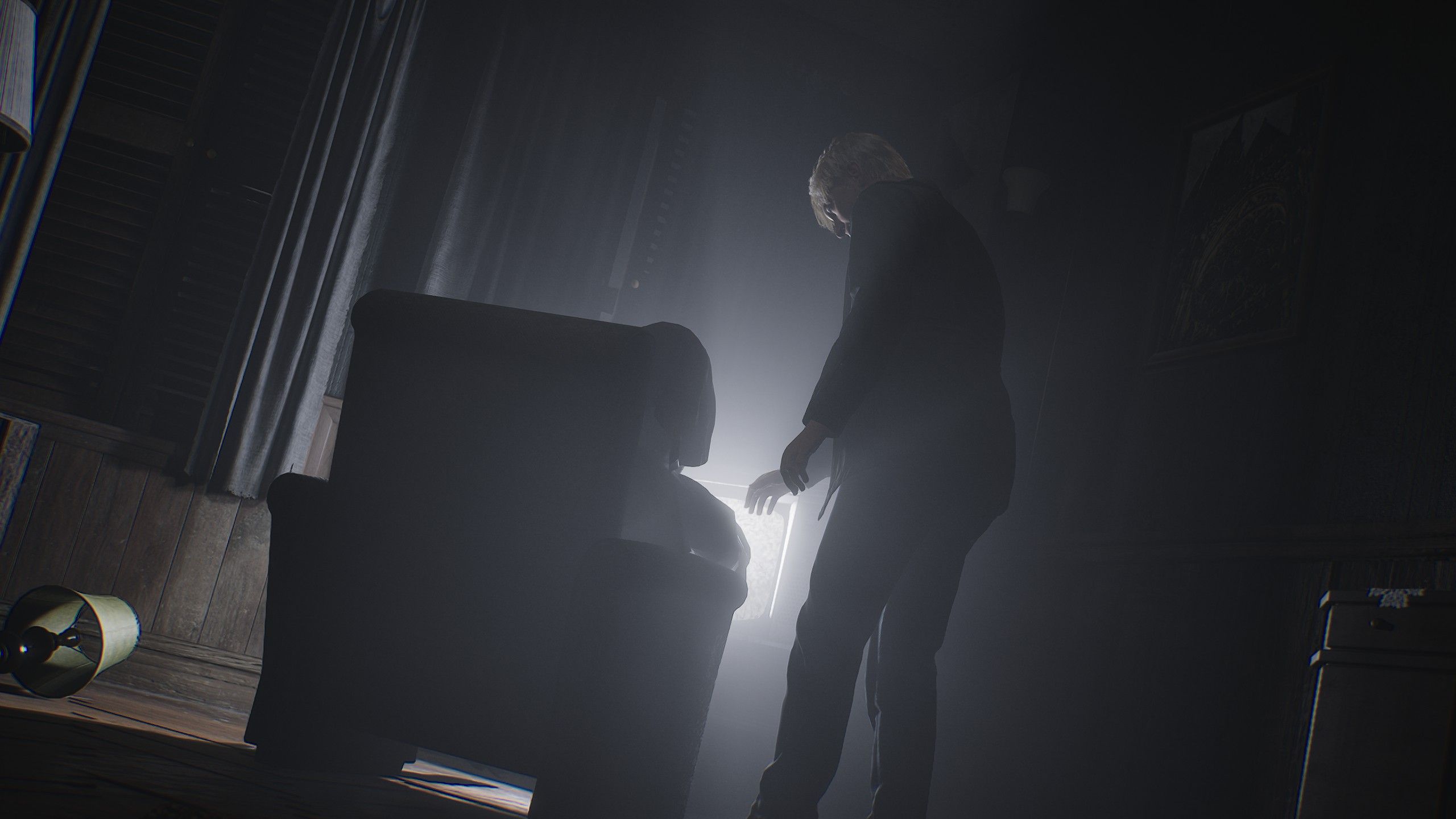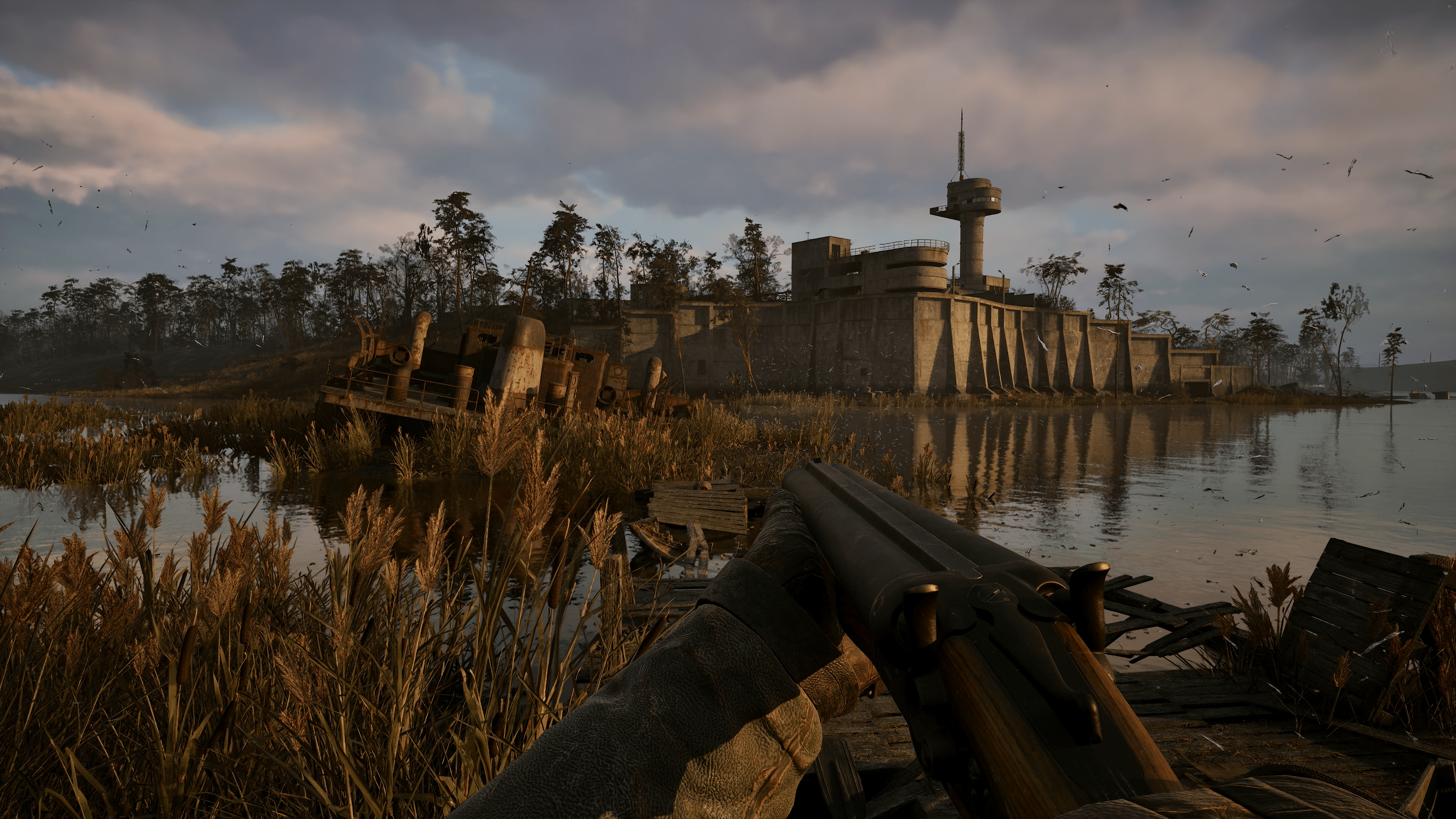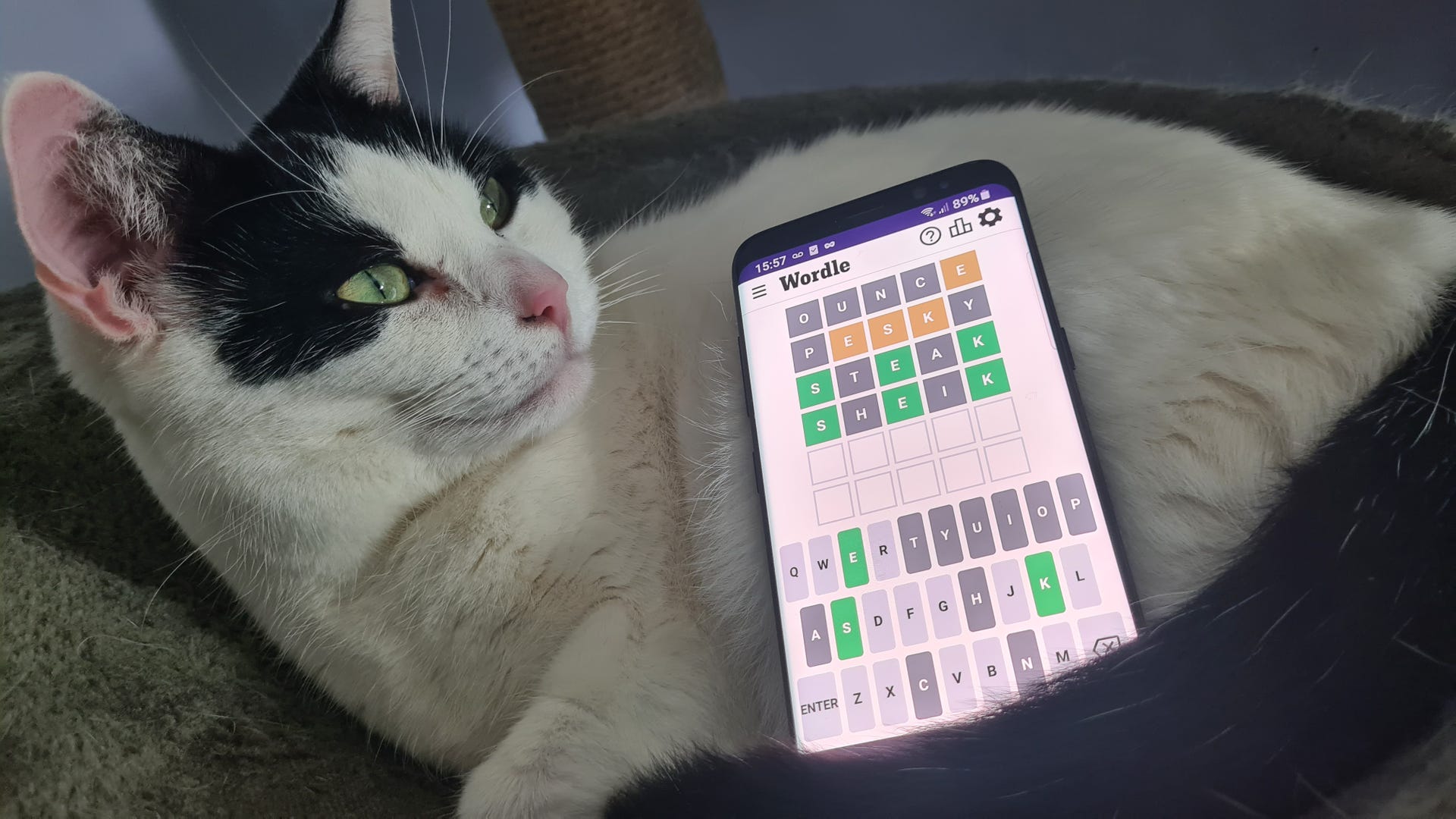
Attach it to a squeaky Roomba, and you truly have the stuff of nightmares.
AI assistants have an image problem. While chatbots and virtual assistants like ChatGPT and Copilot might have their uses, there’s something cold and unforgiving about a blinking cursor and a text response. Surely we could personalise them a little, and soften those hard, robotic edges?
What if, for example, you put one inside a cute little koala bear stuffed toy? Wouldn’t that be lovely?
Wait. Not like this.
Reddit user Spiritual_Aside_7859 has created a Raspberry Pi-powered and ChatGPT-enabled stuffed koala bear (via Tom’s Hardware), complete with motorised animations and some cheerful LED lights. If all of that sounds adorable, well, wait until you see it in motion.
The project makes use of a Raspberry Pi in tandem with an Arduino Uno R4 to interface ChatGPT with the onboard hardware. That includes an ultrasonic sensor to detect when objects are nearby and become aware of people in the room.
Combine that with a mini OLED monitor jammed into the koala’s eye-socket for “suspicious looks” and what you have here is less of a cuddly companion, and more something that looks like it may chase you down the corridor in the dead of night.
Ai Assistant from r/arduino
The bear is able to speak via ChatGPT’s responses to text prompts, verbalised with the use of a text-to-speech app, although Spiritual_Aside_7859 is taking suggestions as to how the project overall could be improved.
Current future plans for the death koala—I mean ambitious project—include improving speech recognition and adding a mouth display. Worryingly, Spiritual_Aside_7859 says that the bear does have a form of speech recognition integration already, but it seemed to only hear them twice.
Buggy implementation, or feigned ignorance to induce a false sense of security? My money’s on the latter.
What with that terrifyingly janky head movement—and a determination to make the bear appear both curious and disapproving towards humans—what’s been created here seems to be less of a creative mix of AI and robotics and more something designed to scare small children. And terrify adults.
At this point I can only hope that it doesn’t become capable of proper movement, as this project strikes as being a Roomba integration away from something that will haunt my dreams for some time to come.





